Rhinoplasty Surgery/ Nose-Job
If you're considering rhinoplasty, commonly known as a nose job, then Mumbai should definitely be on your radar. From correcting breathing problems to improving the aesthetics of your nose, rhinoplasty offers a wide range of benefits for both men and women.
So, whether you're a local or an international patient, you can rest assured that you'll receive world-class care and excellent results from Dr. Vinay Jacob.
Dr. Vinay Jacob is a skilled plastic surgeon based in Mumbai. He specializes in rhinoplasty, a procedure that can reshape your nose and enhance your natural beauty. With his meticulous technique and attention to detail, Dr. Jacob can create natural results that suit your facial proportions perfectly.
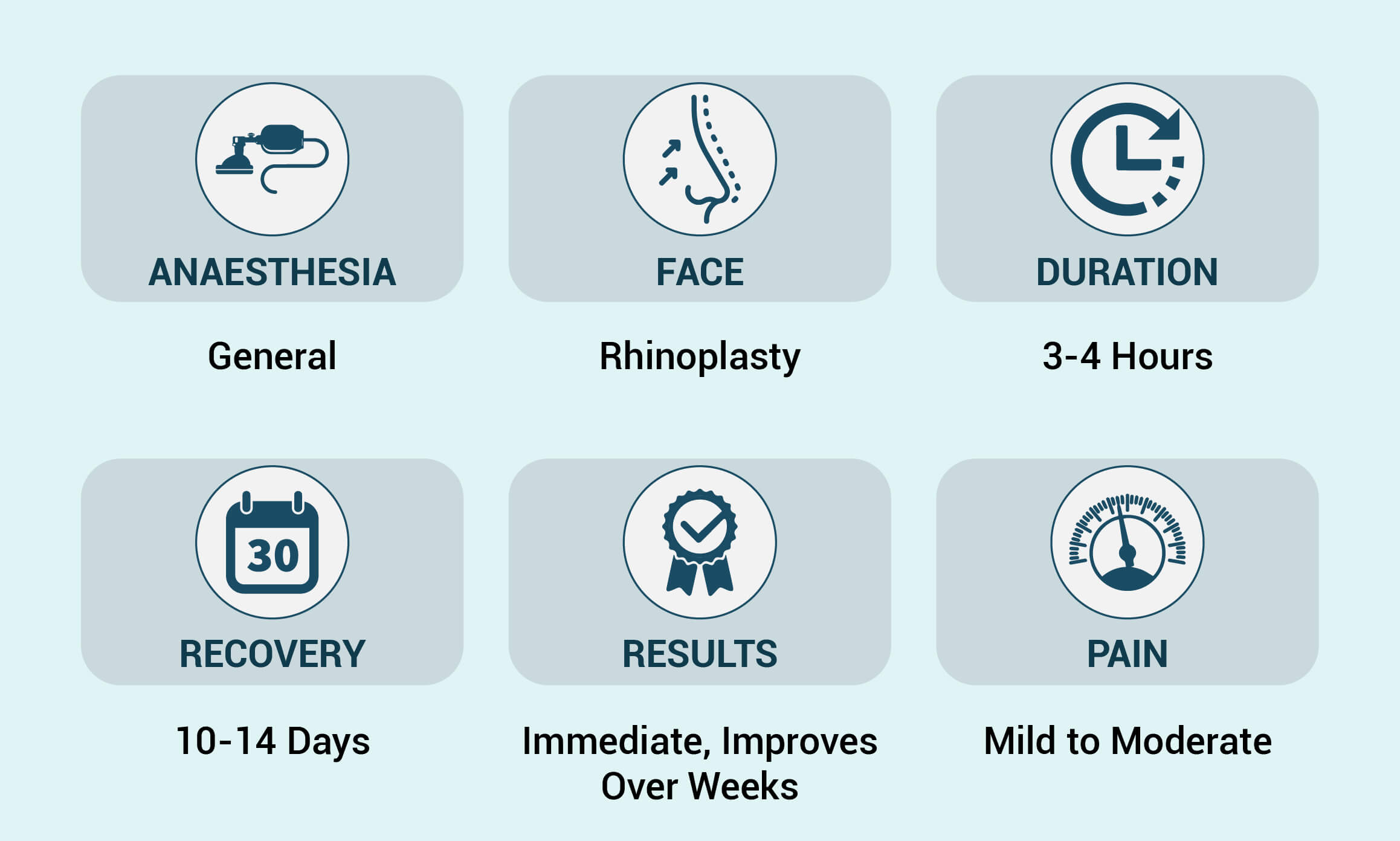
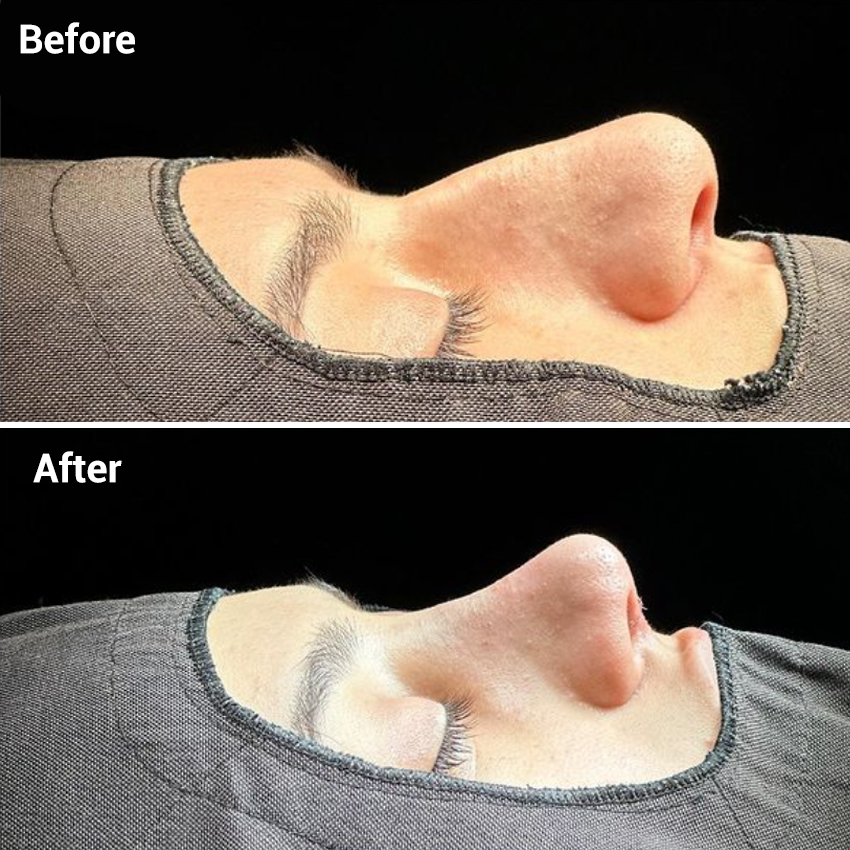
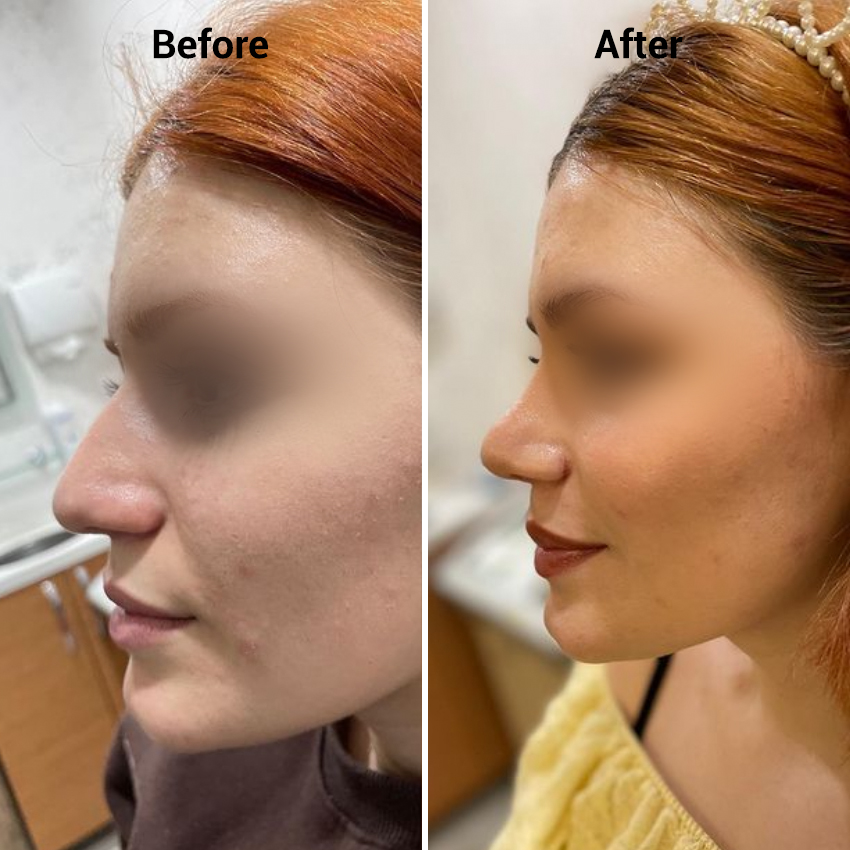
What is Rhinoplasty?(Nose Reshaping/ Nose Plastic Surgery)
Rhinoplasty also known as a "nose job," is a cosmetic surgical procedure designed to improve the nose's appearance and/or function. It involves reshaping the bone, cartilage, and nose tissue to enhance its aesthetic appeal or to correct breathing problems.
Rhinoplasty can address various concerns, including a crooked or hump nose, a wide or narrow nasal bridge, a bulbous or drooping nasal tip, or breathing difficulties caused by structural abnormalities.
The procedure is typically performed on an outpatient basis under general anesthesia, and recovery can take several weeks to several months, depending on the extent of the surgery.
Reasons for Rhinoplasty
The purpose of nose surgery or plastic surgery for the nose is to correct problems with the nose and give it the proper shape. A crooked nose can make a face look angular and cause multiple health problems and sinusitis.
People usually have rhinoplasty to repair the shape of their noses after an injury. This is to improve breathing problems or a congenital disability, or simply because they're unhappy with the appearance of their nose.
Rhinoplasty can be done to correct breathing problems and congenital disabilities or repair a nose's appearance after an injury.
The Right Candidate for Rhinoplasty Surgery
The ideal candidate for rhinoplasty surgery is someone who:
1.Has realistic expectations
2.Is in good physical health
3.Has fully developed nasal structures
4.Is a non-smoker
5.Has a specific goal in mind
6.Has good mental health
Types of Rhinoplasty Surgery
Several types of rhinoplasty procedures, also known as nose plastic surgery, can be performed depending on the individual's needs and goals. Here are some of the most common types of rhinoplasty:
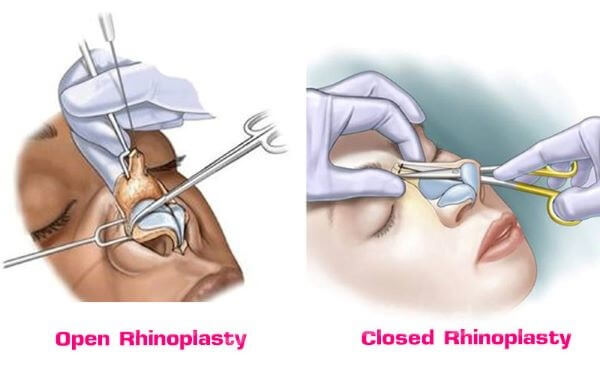
Open rhinoplasty
A surgeon will make a small incision on the columella, the tissue between the nostrils. This helps the surgeon lift the skin and gain a clearer view of the nasal structures. This procedure is typically recommended for more complicated cases requiring extensive reshaping or reconstruction.
Closed rhinoplasty:
Closed rhinoplasty involves making incisions inside the nostrils, so there are no external scars. Closed rhinoplasty is often used for simpler cases requiring minor nasal structure modifications.
Reduction rhinoplasty:
Reduction rhinoplasty is a surgical procedure that aims to decrease the size or alter the shape of the nose. Surgeons may remove bone or cartilage from the nasal structures to achieve a more refined or smaller appearance.
Augmentation rhinoplasty:
Augmentation rhinoplasty is a procedure that enhances the size or shape of the nose by adding tissue, bone, or cartilage to the nasal structures. Its purpose is to create a more balanced and proportionate appearance.
Functional rhinoplasty:
Functional rhinoplasty is performed to correct breathing problems caused by structural abnormalities in the nose. This may involve modifying the nasal septum or other nasal structures to improve airflow and breathing.
Revision rhinoplasty:
Revision rhinoplasty is performed to correct complications or unsatisfactory results from a previous procedure. This type of rhinoplasty is often more complex and requires a highly skilled and experienced surgeon.
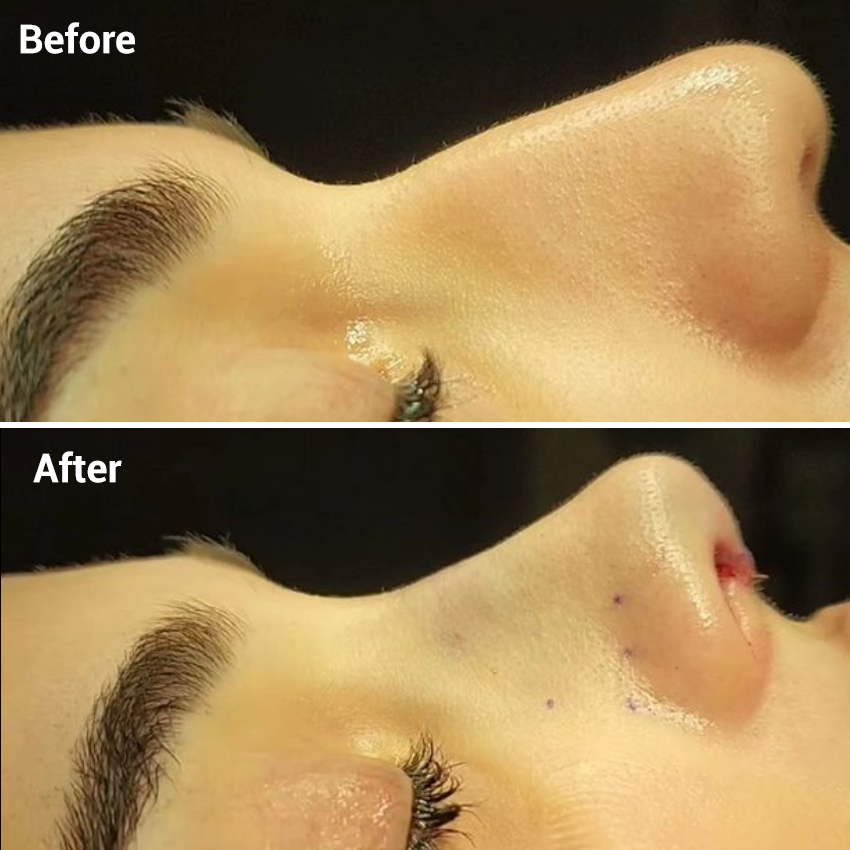
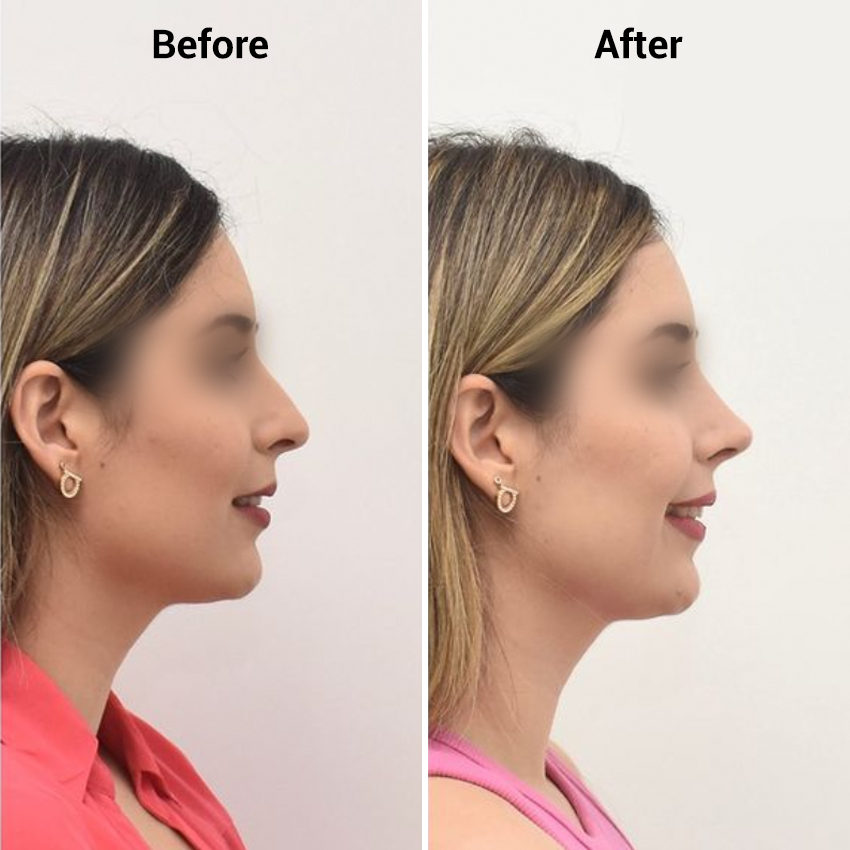
How safe is rhinoplasty surgery?
If you are considering rhinoplasty surgery, it is typically a safe and straightforward procedure with minimal risks. However, finding a skilled and knowledgeable surgeon who can guide you through the process and provide information on potential risks and recovery instructions after the surgery is important.
What to do Before Nose Job Surgery
Preparing for rhinoplasty surgery, also known as nose plastic surgery, is essential to ensuring a successful and safe procedure. Here are some things you can do before your rhinoplasty surgery:
Consult with your surgeon:To prepare for rhinoplasty surgery, it's important to schedule a consultation with your surgeon. This meeting provides an opportunity to discuss your desired outcome for the surgery, any medical conditions that may impact the procedure, and your expectations for the surgery.
Provide your medical history:Providing your surgeon with a comprehensive medical history is crucial in ensuring your safety during surgery. This includes detailed information about any medications, supplements, or allergies you may have. By doing so, your surgeon can determine your suitability for the procedure and make any necessary adjustments to your treatment plan, leading to a safe and successful outcome.
Stop smoking:Smoking can interfere with the healing process, so it's recommended that you quit smoking at least several weeks before your surgery.
Avoid certain medications and supplements:To ensure a safe and successful surgery, your surgeon may advise you to abstain from specific medications and supplements, such as blood thinners, that could increase the risk of bleeding and other complications during the procedure.
Plan for your recovery:You should arrange for someone to drive you home after the surgery and schedule time off work or school. You should also ensure you have all the necessary supplies you'll need during your recovery, such as ice packs and medication.
Preparing for your rhinoplasty surgery is crucial for a safe and successful procedure and a smooth recovery period. Follow these steps to ensure the best possible outcome.
How Nose Plastic Surgery is Done
Rhinoplasty, also known as nose plastic surgery, is a procedure used to reshape and improve the appearance and function of the nose. The specific steps involved in the rhinoplasty procedure can vary depending on the goals and needs of the patient but typically include the following:
Anesthesia:The patient is given general or local anesthesia with sedation to ensure comfort throughout the procedure.
Incisions:To access the bones and cartilage that form the nose, the surgeon creates small incisions inside the nostrils or across the columella (the skin between the nostrils).
Reshaping:After administering anesthesia, the surgeon will meticulously manipulate the bones and cartilage of the nose by adding or removing tissue to achieve the desired appearance. This process may involve reducing the nose's size, modifying the tip's shape, straightening a previously crooked nose, or altering the angle between the nose and the upper lip.
Reconstruction:If necessary, the surgeon can reconstruct the nasal passages to improve breathing function. Such a procedure may involve modifying the size and shape of the nasal septum, which acts as the thin wall separating the nasal passages.
Closure:Once the ideal shape and function have been achieved, the surgeon will expertly employ sutures to close the incisions securely.
Recovery:Upon completion of the procedure, the patient is typically discharged on the same day. They will receive comprehensive instructions on properly caring for their nose throughout recovery, which may last several weeks. These instructions may involve refraining from strenuous activities and utilizing a splint or nasal packing to support and safeguard the nose.
It is important to note that rhinoplasty can significantly improve the appearance and functionality of the nose. However, it is a complex procedure that carries potential risks and complications. Therefore, it is crucial to thoroughly discuss these risks with your surgeon and carefully consider whether the procedure is right for you.
How long does Rhinoplasty Surgery Take?
Rhinoplasty typically lasts 1.5 to 3 hours and is usually done as an outpatient procedure. In a "closed rhinoplasty," the incisions are made inside the nostrils, which cannot make significant changes. However, in an "open rhinoplasty," an incision is made across the tissue between the nostrils and inside the nostrils. These incisions heal well and are hardly noticeable.
Rhinoplasty Surgery Recovery Time
After rhinoplasty surgery, it may take up to a year to fully recover. You will experience swelling for approximately four to six weeks, gradually decreasing over three months. Your nose will continue to heal between three months to a year, and swelling may still be present. You can expect to see the full results once your nose has completely healed, which usually takes one year. Keep in mind that the recovery timeline may differ for each individual.
Is Rhinoplasty Surgery Permanent?
Rhinoplasty is a surgical procedure that can permanently change your nose's appearance and functionality. It is important to note that the healing process can sometimes affect the outcome of the surgery, which may require revision.
What happens after Rhinoplasty Surgery?
Following rhinoplasty surgery, it is common to experience discomfort, swelling, and bruising around your nose and eyes. In addition, you may also encounter some bleeding and congestion in the days that follow the procedure.
Your surgeon will provide you with specific instructions for caring for your nose after the surgery, which may include:
Keeping your head elevated:You should keep your head elevated at all times, even while sleeping, for the first few days after the surgery to help reduce swelling and promote healing.
Applying cold compresses:You may be advised to apply cold compresses to your nose and eyes to help reduce swelling and discomfort.
Taking pain medication:Your surgeon may prescribe pain medication to help manage any discomfort you experience after the surgery.
Following up with your surgeon:You will likely have several follow-up appointments in the weeks after the surgery to monitor your healing and ensure that you are progressing as expected.
Following your surgeon's instructions carefully is vital to ensure a safe and successful recovery from rhinoplasty surgery. With proper care and attention, you should start to see the procedure's results within a few weeks. However, the full effects can take several months to become apparent.
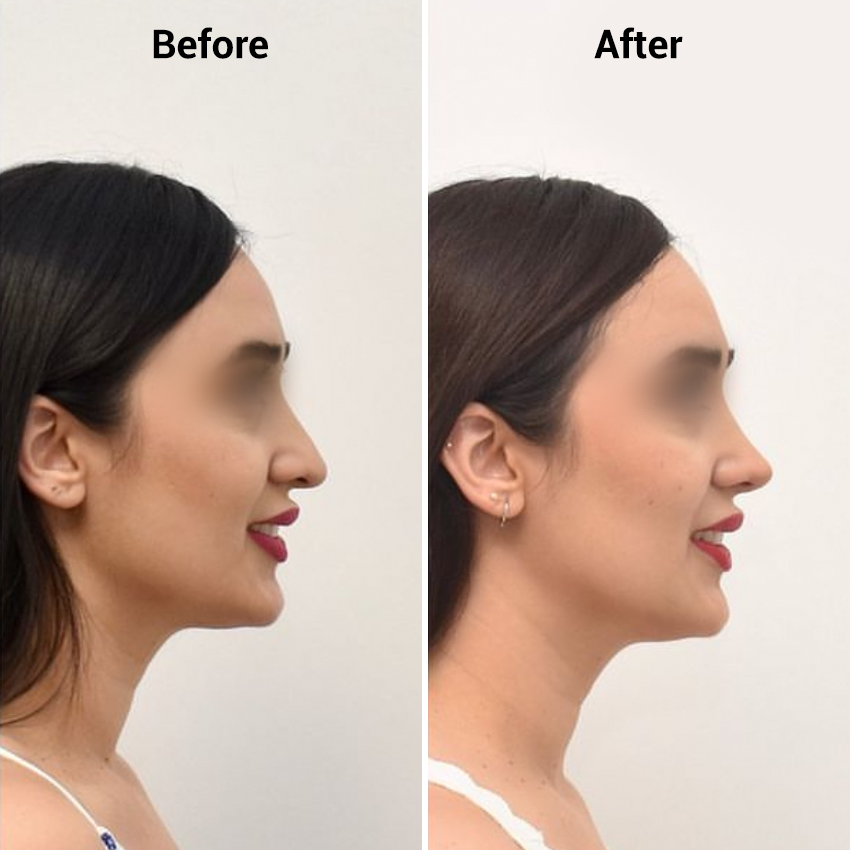
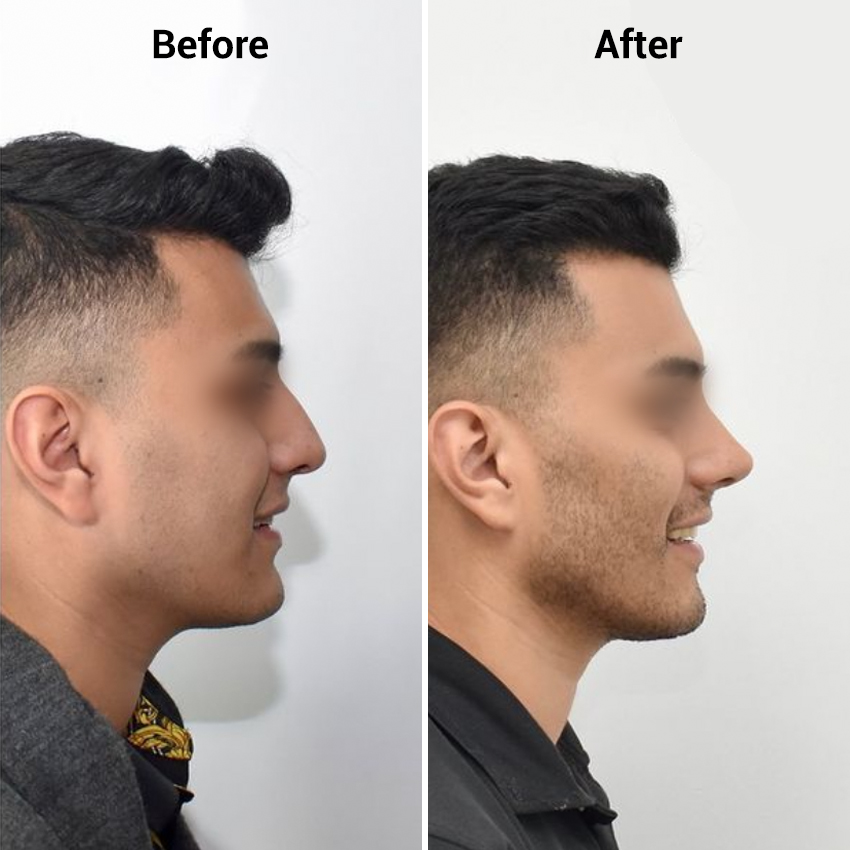
What not to do after rhinoplasty?
After undergoing rhinoplasty surgery, also known as nose plastic surgery, it's important to follow your surgeon's instructions carefully to ensure a safe and successful recovery. Here are some things you should avoid doing after your rhinoplasty surgery:
1.Touching or bumping your nose: Avoid touching or bumping your nose in the days and weeks after the surgery, as this can cause damage and delay the healing process.
2.Blowing your nose: Avoid blowing your nose for at least a week after the surgery, as this can cause bleeding and increase the risk of infection.
3.Engaging in strenuous activity: Avoid strenuous activity, such as exercise or heavy lifting, for several weeks after the surgery to allow your body to heal properly.
4.Wearing glasses: Avoid placing them on the bridge of your nose for several weeks after the surgery. Instead, you may need to use tape or wear contact lenses to avoid putting pressure on your nose.
5.Smoking or using nicotine products: Avoid smoking and using nicotine products for several weeks before and after the surgery.
6.Exposing your nose to the sun: Avoid exposing your nose to the sun in the weeks after the surgery, as this can cause scarring and discoloration.
By following these guidelines and any other instructions your surgeon provides, you can help ensure a safe and successful recovery from your rhinoplasty surgery.
What is the minimum age for this procedure?
The age requirement for plastic surgery varies depending on the procedure and the person's situation. In most cases, cosmetic surgeries like nose jobs are only done on individuals 18 years old or older who have already completed their physical development.
Don't miss the opportunity to transform your nasal profile – book an appointment today and experience the art of reshaping your nose.
 WhatsApp
WhatsApp